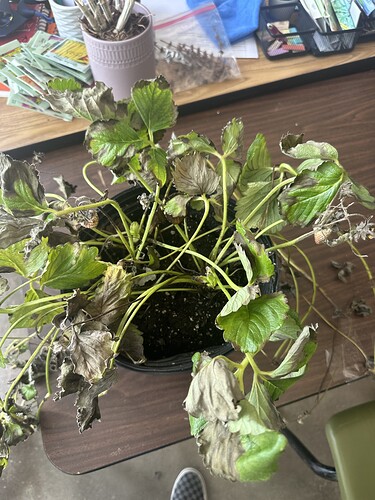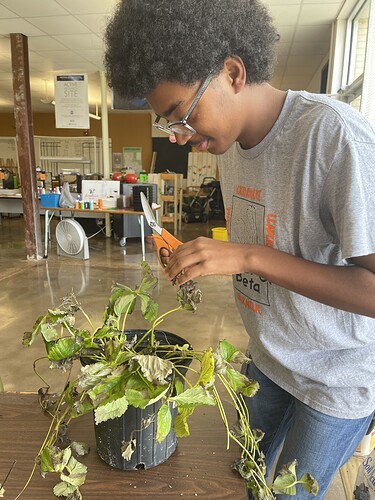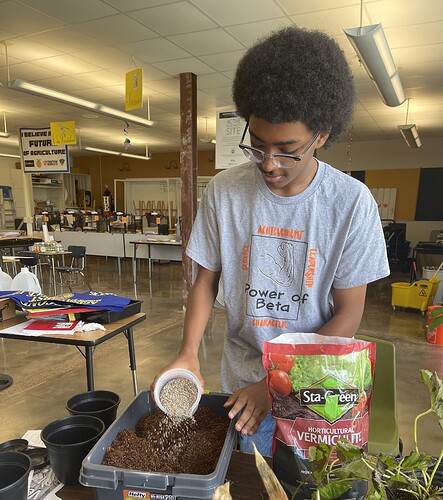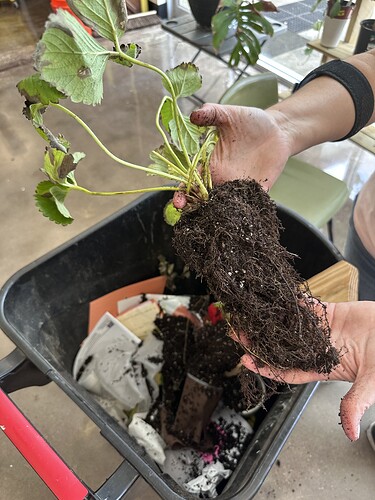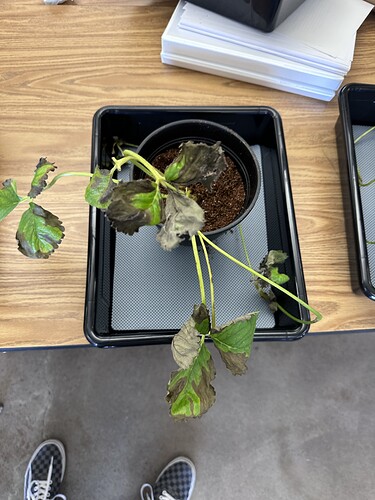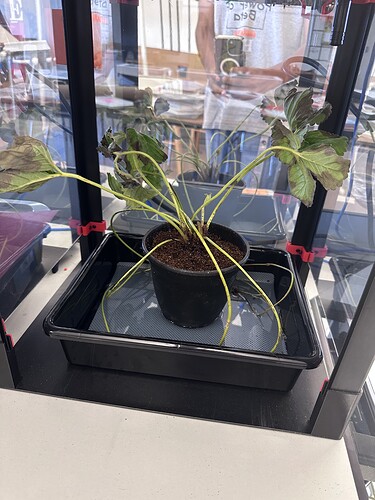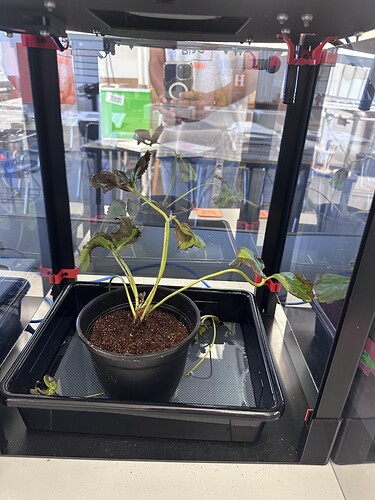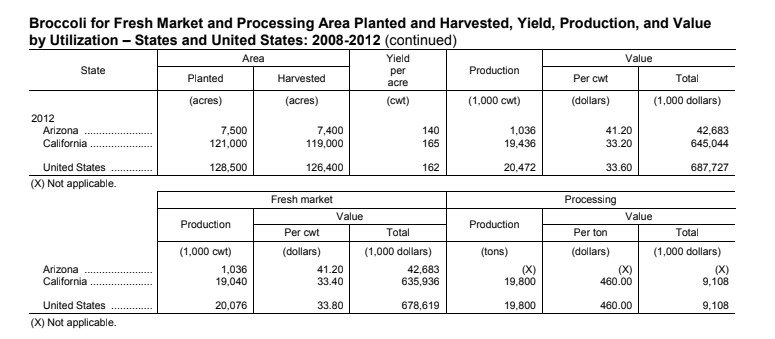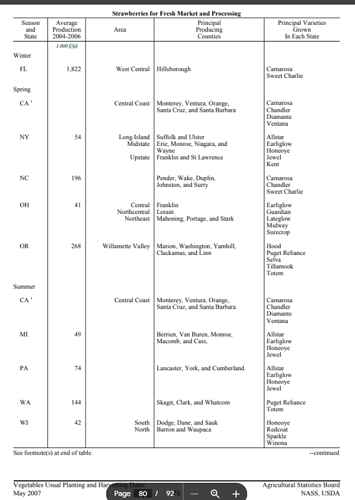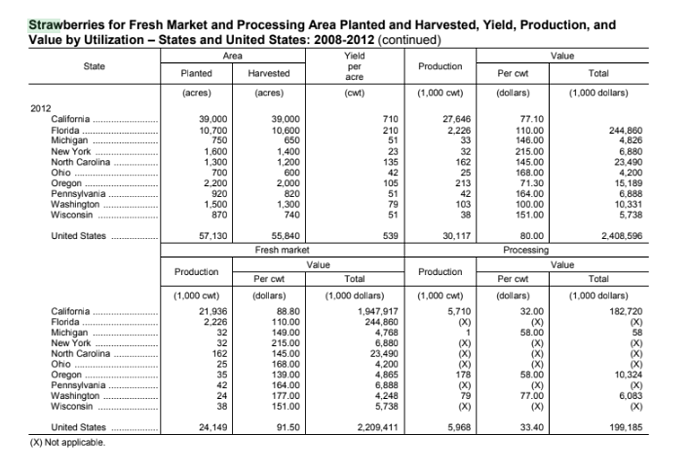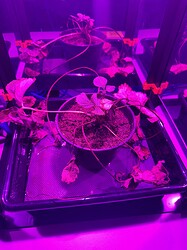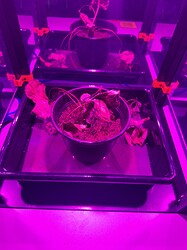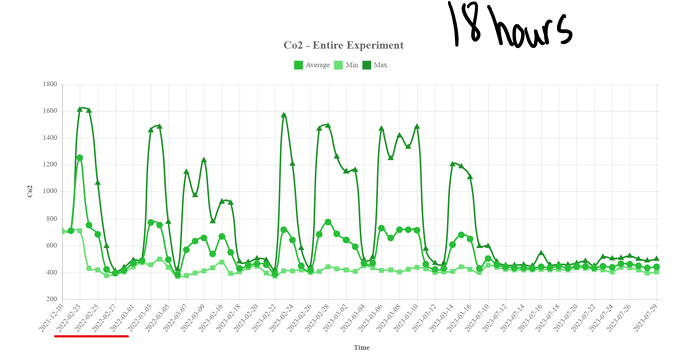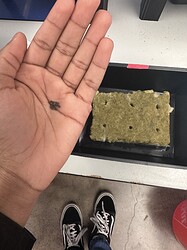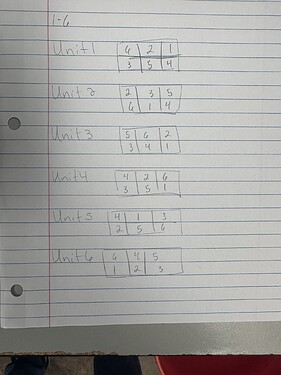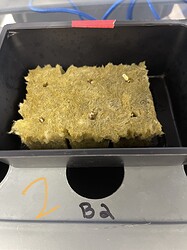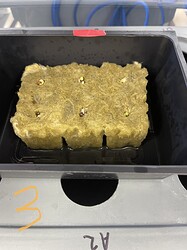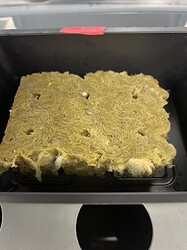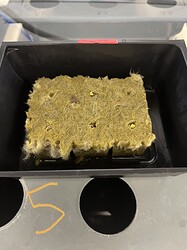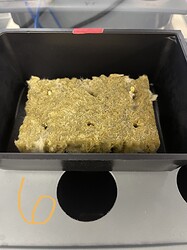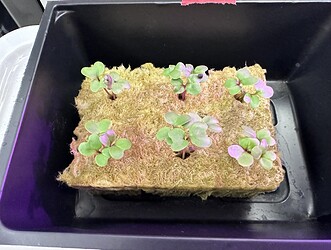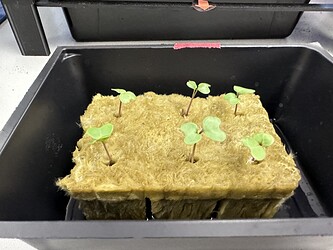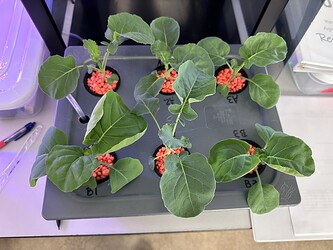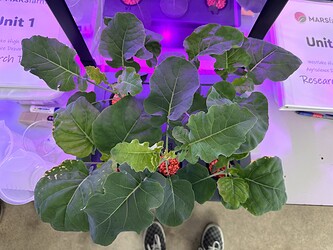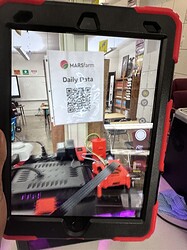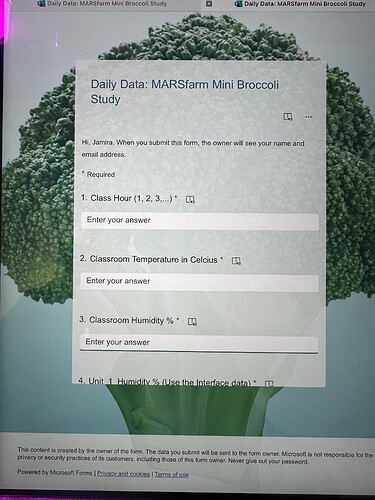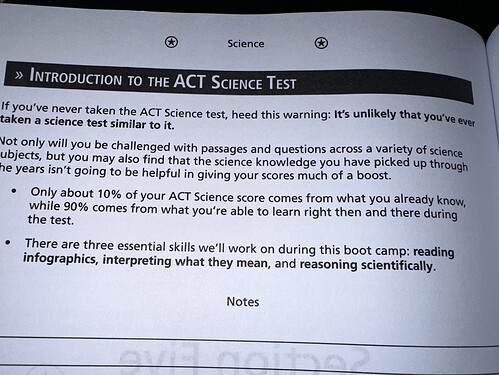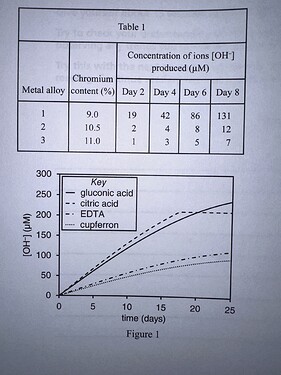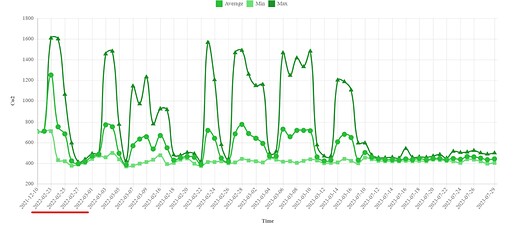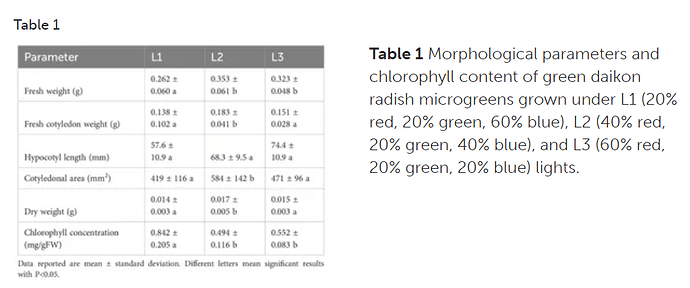While on zoom with Peter he brought up the MARSfarm units interface. This where you can view the data collected by your unit. Things like, humidity, temperature, carbon dioxide levels, and pictures can be viewed.
I want to talk specifically about carbon dioxide levels. Peter explained how it was possible to make assumptions just based on the CO2 levels. How you can tell whether there is or isn’t a plant present, or if a student was near your unit, and even if your plant is performing well. So, I decided to look at the carbon dioxide levels in the units.
When looking at the graphs you can tell which part was during the school year and when summer break started, even without looking at the dates. When the CO2 levels are high that means there are students present and plants taking in the carbon dioxide. The levels decreased in the summer because there are no longer students coming in and out of the classroom taking in oxygen and turning it into carbon dioxide. Since I go to the school every now and again to check on the units and do some work, the carbon dioxide levels go up, so the small spikes at the end of the graph let me know when I was at school.
The underlined portion of the graphs was when a light duration experiment was conducted in the units. 2 units were set the 6 hours, 12 hours, and 18 hours of light duration. The units with 6 hours and 18 hours had a similar pattern in their CO2 levels. Averaging at a approximately 1200 and gradually decreasing to about 400. This comes as a shock to me because the results of these 2 light durations were the complete opposite. When it came to edible mass, 6 hours produced a significant amount, while 18 hours of light duration produced 0 grams of edible mass in Bok Choi.
12 hours of light duration only had a little more than half the amount of edible mass 6 hours produced, but the CO2 levels were much higher, averaging at approximately 2500 in the beginning and decreasing to 1500.
This poses the question, was it the duration of light that caused the Bok Choi to become non-edible, or was it something else?
While doing research for the strawberry experiment I learned about DLI. DLI, or Daily Light Integral is basically the amount of light a plant receives in a day. There are multiple factors of DLI but 2 main ones that effect the amount of light received is the duration and the intensity. Plants can reach the same DLI with different light durations. One having a shorter photoperiod but a more intense light, while the other has a longer photoperiod but the light is less intense. Despite having the same DLI the delivery does matter.
What I’m getting at is, if the light was less intense, could the Bok Choi at 18 hours of light perform just as well, or even better than, the Bok Choi with 6 hours?
Looking at the CO2 levels only, can help answer, or create a lot of interesting questions. If anyone has any thoughts or has experienced similar situations feel free to share. I am still learning a lot and I’m sure there is a lot of valuable information I am unaware of.
